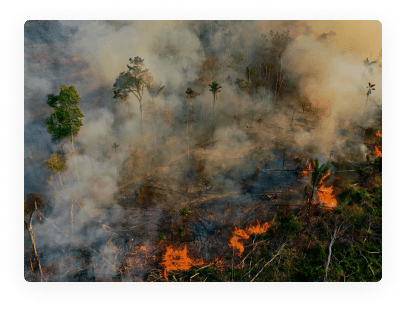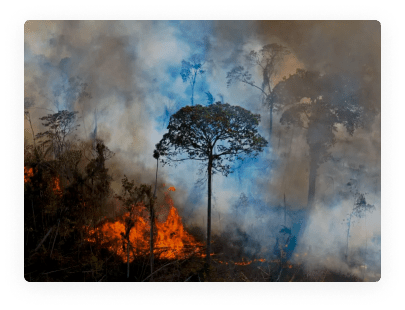ALBERTA
In all of Canada, there is only one Metis group with their own land base. Shared between 8 separate ‘Metis Settlements’ and located throughout Alberta, the Metis Settlements of Alberta hold, in aggregate, over 1.25 million acres of freehold land.
PROJECT OVERVIEW
In all of Canada, there is only one Metis group with their own land base. Shared between 8 separate ‘Metis Settlements’ and located throughout Alberta, the Metis Settlements of Alberta hold, in aggregate, over 1.25 million acres of freehold land.
Four of the eight, known collectively as the ‘Western Settlements’, are located within dense boreal forest. The makeup of their forestry and its geographical location means that despite the volume of timber, much is old growth and currently unmanaged,so limited in opportunities for economic use of their timber and residuals at existing processing plants.
What was once a strong sector and employment opportunity for the Metis people, forestry, has seen a dramatic decline over the past several decades.
This decline in their forestry sector is not the only downside. Risks associated with non-management of these forests, due to economic challenges, are numerous, including the increased risk of forest fire.
WILDFIRE DAMAGE

In 2019 at Paddle Prairie Metis Settlement (PPMS) in Northern Alberta, one of the 4 western settlements, experienced a devastating wildfire, “The Chuckegg Creek Wildfire” which burned for more than two months and swept through the Metis forests at the PPMS for almost 80kms north.
Thankfully, no lives were lost due to a timely evacuation plan but homes were destroyed, along with approx 50% of the Settlement’s forestry
assets, damaged beyond economical use (+/-US$300m loss in timber), changingthe traditional Metis way of life for decades.
Our project with PPMS under development since 2016 following the disaster, is the only technology available today capable, economically and environmentally, of utilizing fire-damaged forestry in its process.
This allows remediation, secondary fire-risk reduction, reforestation and eventually, a return to normality whilst simultaneously stimulating economic opportunity, for this indigenous community.
PROJECT INITIATIVES
In association with RMDE via its Alberta subsidiary ICE Limited, the PPMS have reached agreement to collaborate with ICE and have leased land, with rail spur and highway access.
RMDE and the ICE Limited will construct the plant on their land, currently leased to RMDE, adjacent to a CN rail spur and conveniently located within the PPMS forestry itself, to manage their community forest. This includes fire.

damagedtimber in a manner that ensuresa balance of economic, social, traditional and enviornmental values that will provide increased benefits from the forest resources for its members, other forest users and neighbouring communities.
It is envisaged the project will bring hope to the people of PPMS that they can return their forests, over time, to their former splendor.
BENEFITS

The project is economically attractive and will create local employment, educational and training opportunities for them and other First Nations Members.
It will allow the transfer of world-beating environmentally friendly biofuel technologies, creating a market for currently unusable low quality, fire-damaged and old growth timber and encourage professional and environmentally .
sound forestry management opportunities for the long term benefit of all.We diversify and develop the use of fire-damaged, and other residual, fibre with no current or traditional alternative use, including Aspen and other forestry residuals and slash piles typically ‘burnt in place’ within a wide radius of the “ICE Mill”, once commissioned and in operation.
Installation of the ICE Mill at PPMS will give industry and government a uniquely viable option to better manage forestry in the region, reducing emissions from current burning of slash and residuals, improving economic value, remediating current damaged stands, mitigating future fire risk, allowing reforestation and all whilst encouraging and supporting economic development and creating employment in the region.

